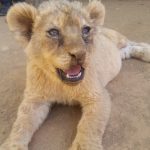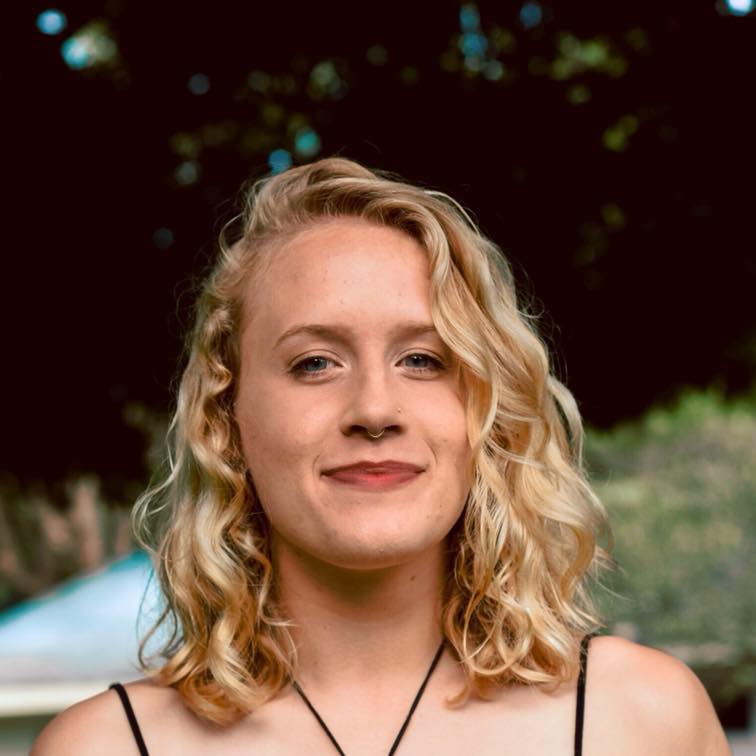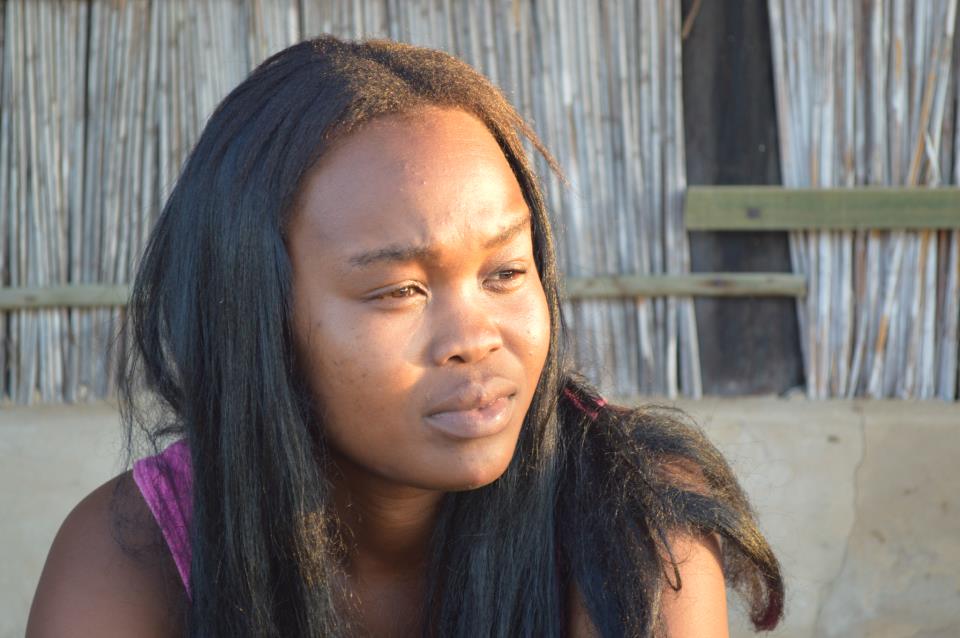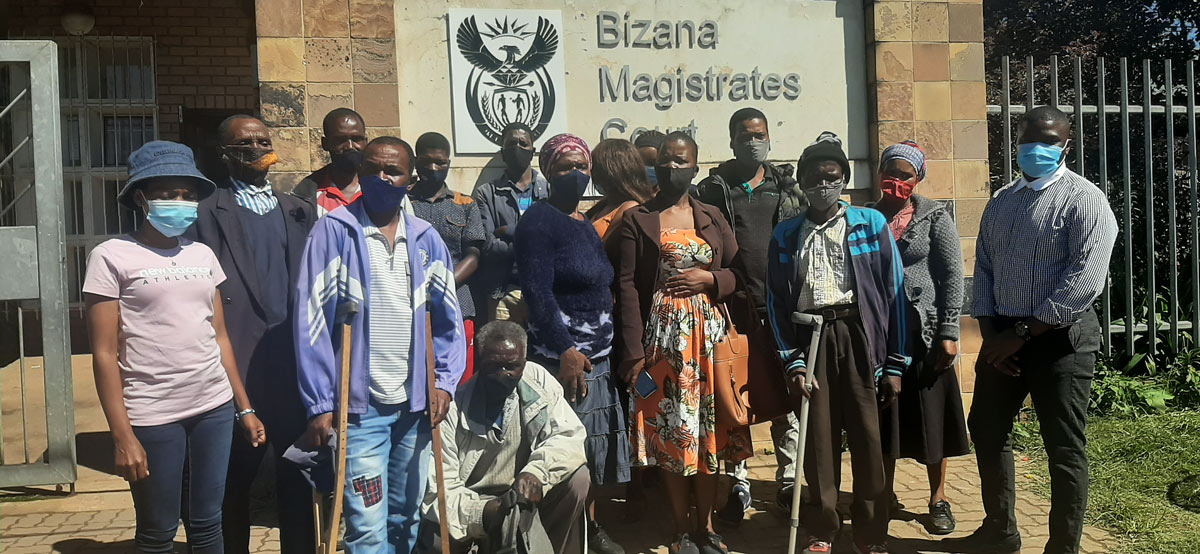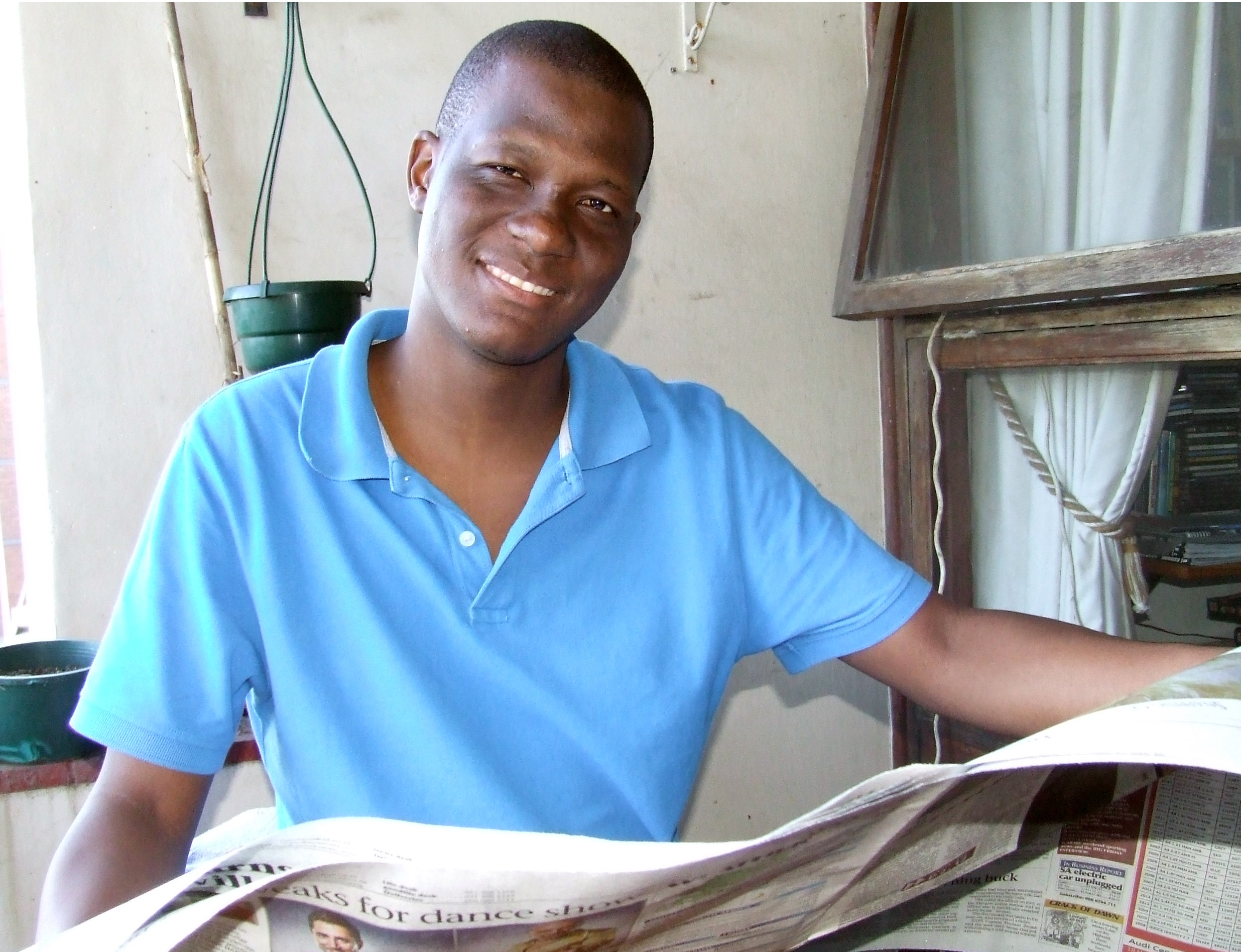Devarshini Munsami walked away inspired from her first assigment as a journalist – covering a recent wildlife filmmakers congress in Durban.
PERHAPS extra hands could save a gentle, grey giant’s life? This was among questions asked and resolutions made on my first Roving Reporters assignment.
I was attending day one of the Nature Environment and Wildlife Filmmakers congress at Durban’s Botanic Gardens and I was struck by the need to conserve our environment and how film can make this happen.
Dr Paula Kahumbu, chief executive of Wildlife Direct Kenya, gave the keynote address.
It was like being back in a lecture at university – but a lecture like no other.
Kahumbu told about her personal encounters with elephants and about how elephant tales loom large in Maasai folklore.
She had my attention for the entire session as she explained how elephants were becoming endangered and what was being done to protect them.
It that made me realise, these gentle giants are not at all having a gentle life, targeted by poachers who are after their tusks..
It also made me think I ought to volunteer to do my bit for conservation.
Perhaps extra hands could save a gentle grey giants life, I asked myself.
Force for good
The congress from July 16 to 18 was attended by filmmakers, environmentalists and media people. All were keen to meet other and learn about conservation and how film can help raise awareness and tackle environmental problems.
It was educating and inspiring chatting to people from different backgrounds.
Congress director Pragna Parsotam-Kok told me the event was about creating a platform where young and aspiring filmmakers could share their stories. The organisers, she said, wanted to hear “African stories told by Africans”.
For me the acme of the event was a screening of Janet Solomon’s documentary, “Becoming Visible”.
It was about the impact of noise from marine surveys and it showed the terrible price that developing oil and gas off our coastline exacts on our ocean life.
Viewers gasped when they witnessed how the sounds of machinery deafen whales and dolphins.
Pitch perfect
Another highlight of the congress was the pitch event.
Nine aspiring filmmakers, all with an environmental focus, were given an opportunity to pitch their projects before a panel of expert judges, with prize money and TV screening time up for grabs.
Four winners were chosen.
Each will receive R50 000 towards the production of their documentary film. These will be combined into a 48 minute documentary that will then be aired on national television – now that’s definitely a filmmaker’s dream.
Although all nine finalists had outstanding ideas and stories, the four who made the cut were Emily Cross, with “Part of the Pack”, about the African Wild Dog; Jessica Singh, with “Epic Encounters”, on saving Africa’s deadliest snakes; Tessa Barlin with “Becoming One”, a story about Lucky Mahlatsi Rapitsi who educates rural children about nature and wildlife through photography; and Londiwe Shange with “Toxic Relations”, about living in polluted South Durban
From animals with wings to four-legged creatures and creepy crawlies to those with fins, the filmmakers covered a broad sweep.
From their documentaries we learnt we need to respect all living creatures and protect them.
Humans have a lot to answer for. These animals let us be so why shouldn’t we do the same?
Perhaps it was time for me to lend an extra pair of hands. – Roving Reporters/Devarshni Munsami
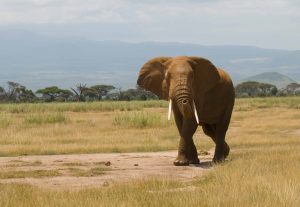
To read more about environmental film-making click here.


